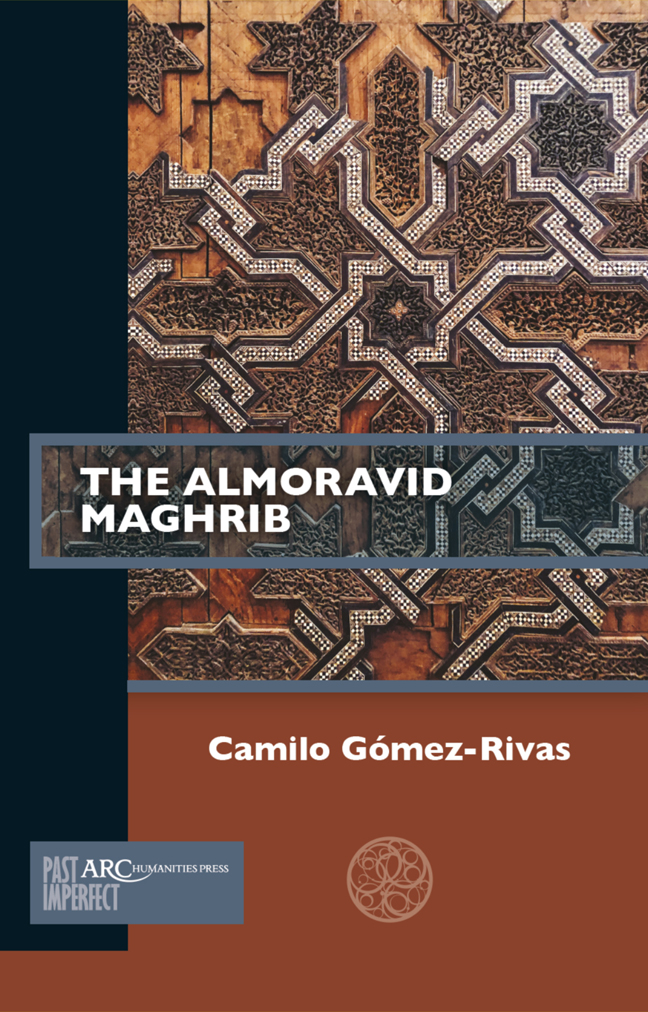Book contents
- Frontmatter
- Contents
- List of Illustrations
- Acknowledgements
- Abbreviations and Note on Language and Dates
- Principal Characters in the Narrative
- Introduction
- Chapter 1 The Preacher
- Chapter 2 The Queen and Her Kings
- Chapter 3 The Deposed
- Chapter 4 The Son
- Chapter 5 The Mahdis
- Chapter 6 The Qadi and the Rebel
- Conclusion
- Time Line
- Glossary of Key Terms
- Further Reading
Chapter 4 - The Son
Published online by Cambridge University Press: 20 February 2024
- Frontmatter
- Contents
- List of Illustrations
- Acknowledgements
- Abbreviations and Note on Language and Dates
- Principal Characters in the Narrative
- Introduction
- Chapter 1 The Preacher
- Chapter 2 The Queen and Her Kings
- Chapter 3 The Deposed
- Chapter 4 The Son
- Chapter 5 The Mahdis
- Chapter 6 The Qadi and the Rebel
- Conclusion
- Time Line
- Glossary of Key Terms
- Further Reading
Summary
The life of the second longest-serving Almoravid amir, ʿAli b. Yusuf b. Tashfin, provides a good vantage from which to contemplate the scope and scale of the transformation of the Maghrib under the Almoravids. While his father had inherited a tribal confederation with its heart still in the desert and a new capital in southern Morocco that was still just a military camp, ʿAli inherited something much more like an empire. Everything in his life before and after his succession underscores this fact, from his childhood in a Mediterranean port city, to the policies and major projects he sponsored, which have the highest profile, among Almoravid rulers, in the historical and archaeological archive, giving the shape to much of what was left to posterity.
ʿAli b. Yusuf b. Tashfin
Yusuf was born and bred of the desert. Even after leaving, he had kept, one might say cultivated, the customs that marked him as a pious desert nomad (or pastoralist) throughout his life. He wore simple garb and drank camel milk into his old age. Or this is at least how he was represented, in a way which appears genuine to his origins, values, and the customs of his people. It was also very close to an Islamic ideal: simple, austere, and pious, a person of the desert in the way that Muhammad’s aunt and uncle were remembered in the Islamic tradition. Yusuf’s character echoes that of the Prophet as well as that of ʿUmar al-Khattab, model ruler among the Rashidun (the first four caliphs). Yusuf’s son and successor, on the other hand, was born of another world entire. ʿAli b. Yusuf b. Tashfin was born in a palace, in a city by the sea, to an Iberian captive and concubine of Yusuf. The status of such a slave/concubine changed upon bearing a child to a legal status termed umm walad. And as mother of a regent, she could bear significant influence. The city where ʿAli grew up, Ceuta, was the Almoravids’ most important Maghribi port, through which all traffic to and from al-Andalus (and elsewhere in the Mediterranean) passed. The city had always been an important port with strong connections to al-Andalus and the western Mediterranean.
- Type
- Chapter
- Information
- The Almoravid Maghrib , pp. 65 - 84Publisher: Amsterdam University PressPrint publication year: 2023

